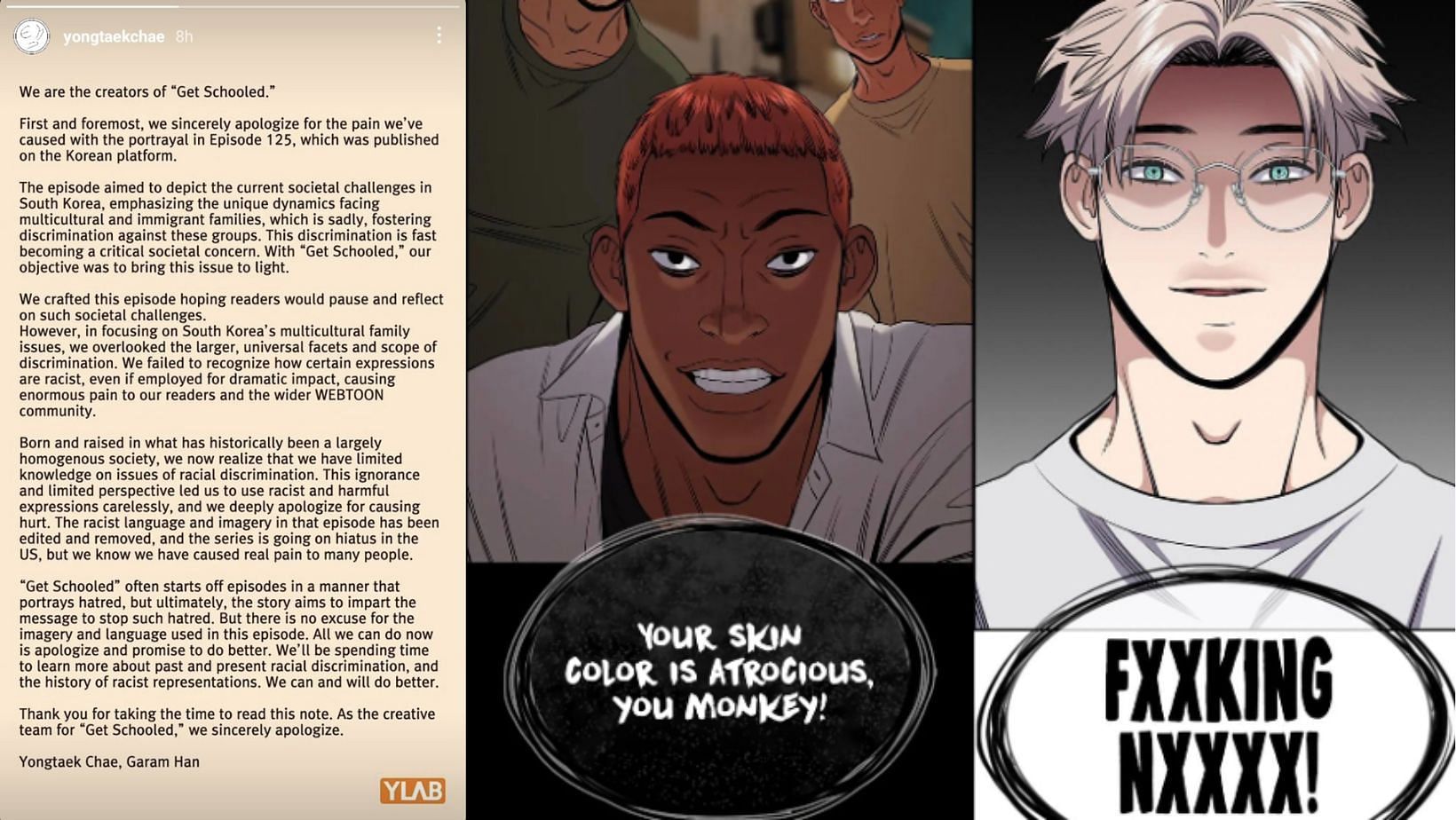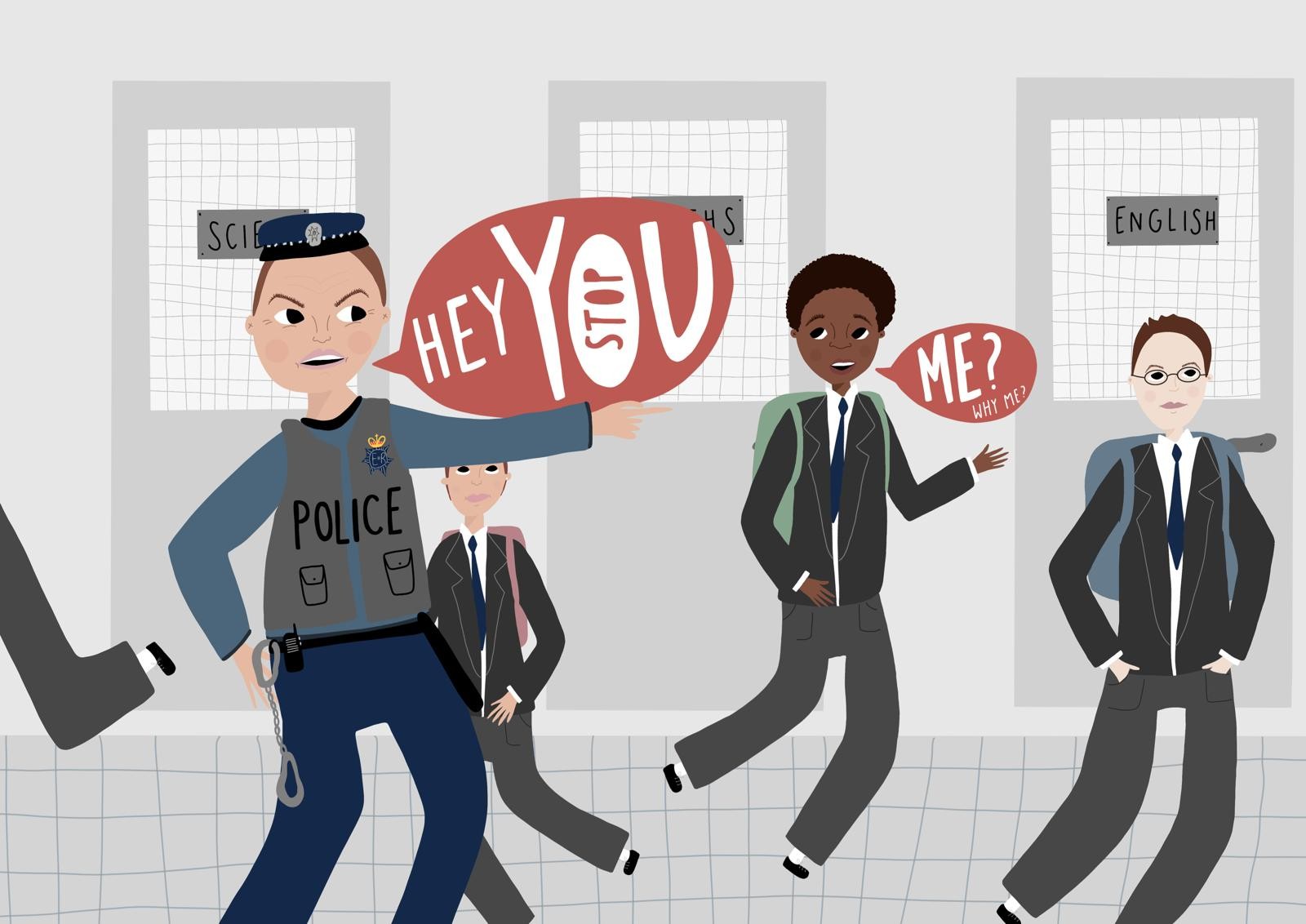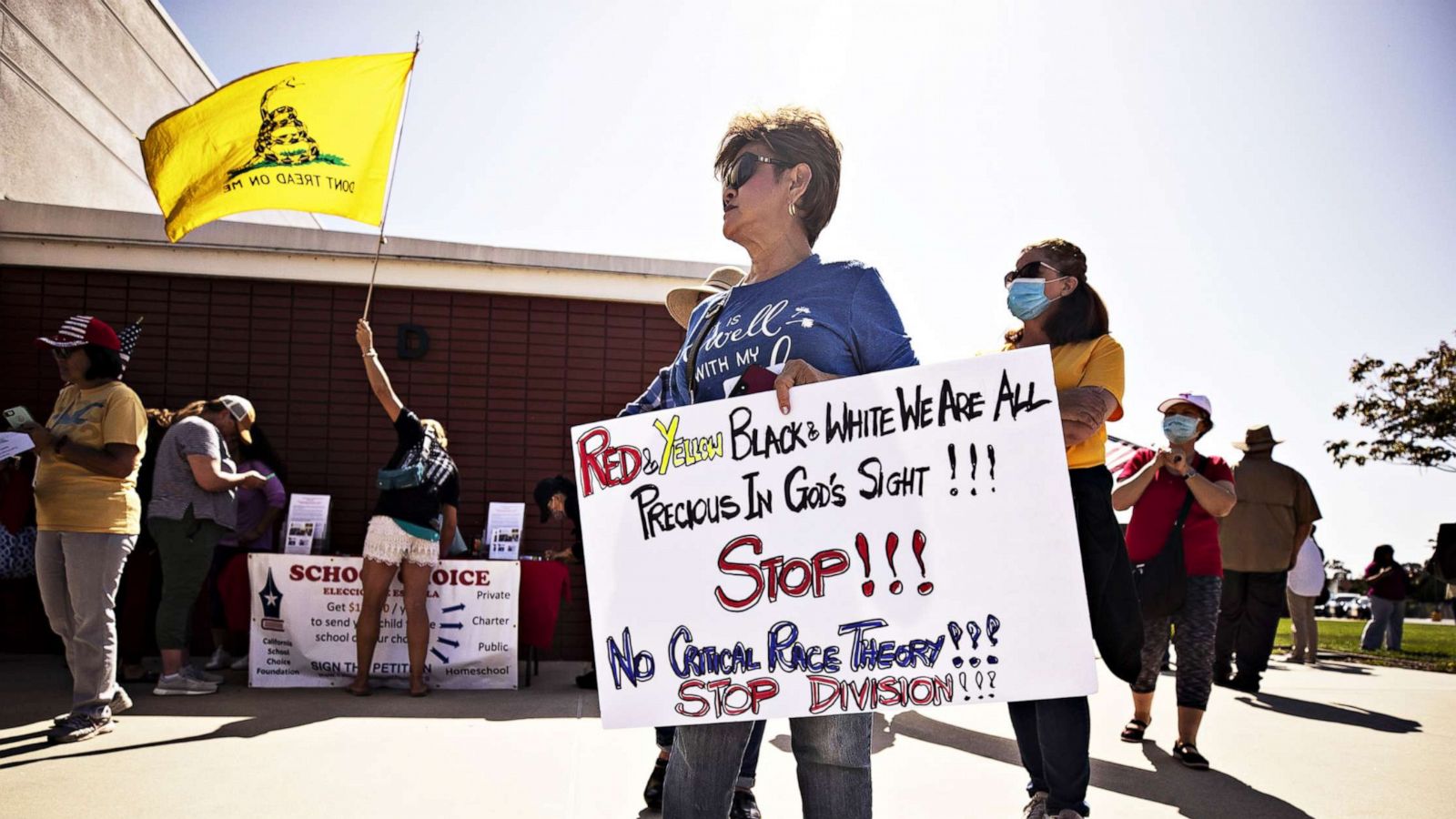Embark on the “Get Schooled Racism Chapter” to delve into the pervasive issue of racism within educational institutions. This chapter unravels the historical and contemporary manifestations of racism, its profound impact on students, and effective strategies for combating it. Get ready to confront uncomfortable truths, explore innovative solutions, and become an active ally in the fight against racism.
Racism in education is not merely a relic of the past; it continues to rear its ugly head in subtle and overt forms, creating hostile learning environments and undermining students’ academic and personal growth. This chapter will shed light on the insidious nature of racism, its devastating consequences, and the urgent need for transformative action.
Strategies for Combating Racism in Schools

Racism in schools is a persistent problem that can have a devastating impact on students’ learning and well-being. It is essential to address and prevent racism in educational settings to create inclusive and equitable learning environments for all students.
There are a number of effective practices that can be implemented to combat racism in schools. These practices involve the collaboration of school administrators, teachers, and students to create a welcoming and supportive school climate.
School Administrators
School administrators play a critical role in setting the tone for a school’s culture. They can create a climate of respect and inclusivity by:
- Developing and implementing anti-racism policies and procedures.
- Providing professional development opportunities for staff on topics related to race and racism.
- Creating a school climate that is welcoming and supportive of all students, regardless of their race or ethnicity.
Role of Students in Promoting Anti-Racism: Get Schooled Racism Chapter

Student activism and advocacy play a crucial role in combating racism in schools. Students have a unique voice and perspective that can amplify the message of anti-racism and bring about meaningful change.
Student Organizations, Get schooled racism chapter
Student organizations dedicated to promoting diversity and inclusion can provide a platform for students to engage in discussions, organize events, and advocate for policies that address racial disparities. These organizations can also provide support and a sense of community for students from marginalized backgrounds.
Social Media and Other Platforms
Social media and other online platforms offer students a powerful tool to raise awareness about racism and mobilize support for anti-racist initiatives. Students can use these platforms to share their experiences, educate others, and connect with like-minded individuals and organizations.
Direct Actions
Students can also engage in direct actions to promote anti-racism, such as organizing protests, sit-ins, or walkouts. These actions can draw attention to racial injustices and pressure school administrators to take action.
By utilizing their voices and platforms, students can play a significant role in creating a more inclusive and equitable school environment for all.
Outcome Summary

The “Get Schooled Racism Chapter” concludes with a powerful call to action, emphasizing the crucial role of students, educators, and administrators in dismantling racism in education. It provides a roadmap for creating inclusive and equitable learning environments where all students feel valued, respected, and empowered to succeed. By embracing anti-racist practices, we can collectively transform educational institutions into beacons of justice and equality, ensuring that every student has the opportunity to reach their full potential.
Helpful Answers
What are the most common forms of racism in schools?
Racism in schools can manifest in various forms, including discriminatory discipline practices, unequal access to resources, biased curriculum, and microaggressions.
How does racism impact students’ academic performance?
Racism can negatively affect students’ academic performance by creating a hostile learning environment, reducing their self-esteem, and limiting their access to opportunities.
What can students do to combat racism in their schools?
Students can play an active role in combating racism by speaking out against injustice, supporting anti-racist organizations, and educating themselves and others about the issue.






